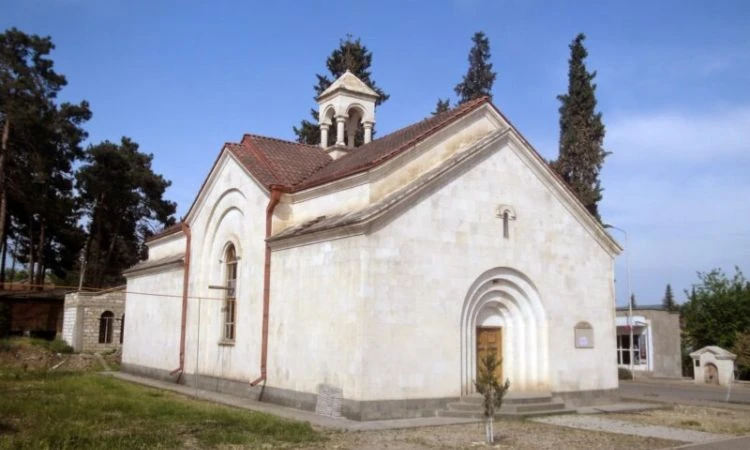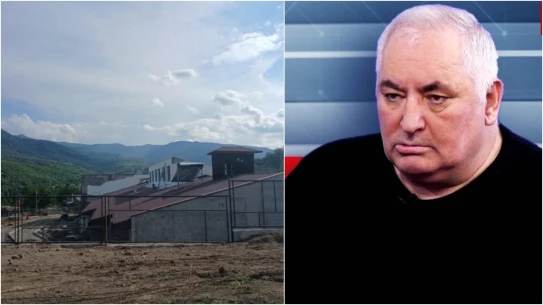Monument watch warns:
"Some Azerbaijani Telegram channels have distributed photos from the occupied city of Martuni in Artsakh (https://t.me/maidentower/58690). It can be seen from the photos that St. The interior of the Great Church has been damaged in the last two years: the windows are broken, there are traces of firing (Fig. 1). The church and its surroundings were deliberately targeted by the Azerbaijani armed forces back in 2020 during the 44-day war, when the city of Martuni was mercilessly bombed. Shells fell and exploded in the immediate vicinity of the church as evidenced by the marks on the southern facade of the church.
It should be noted that the church was built in 2004 by philanthropist Alis Ohanyan (https://hetq.am/hy/article/64015).
Our response
The main provision for the protection of cultural values is formulated in Article 4 of the Convention on the Protection of Cultural Values in the Event of Armed Conflict of 1954: "States are obliged to respect both their own and the cultural values in the territory of the other side, refraining from acts of hostility and retaliation" (Hague Convention for the Protection of Cultural Property in the Event of Armed Conflict 1954, article 4, UNESCO,http://www.unesco.org/new/en/culture/themes/armed-conflict-and-heritage/convention-and-protocols/1954-hague-convention/).
The prohibition of targeting cultural property in the event of war/armed conflict is also enshrined in International Humanitarian Law, which has the status of customary law; that is, they are internationally binding. Rule 38 of International Humanitarian Law states: "Each party to the conflict shall respect cultural value and take all necessary measures to avoid attacks on structures and historical monuments dedicated to religion, art, science, education or charitable purposes, unless they are military targets" Customary IHL, Practice Relating to Rule 38. Attacks against Cultural Property,https://ihl-databases.icrc.org/customary-ihl/eng/docs/v2_cou_be_rule38. And the 40th rule completes what was said, stating that each party to the conflict must protect the cultural heritage. "Theft, robbery or misappropriation and any form of vandalism of heritage of great importance to the cultural heritage of any people is prohibited" Customary IHL Rule 40. Respect for Cultural Property,https://ihl-databases.icrc.org/customary-ihl/eng/docs/v1_rul_rule40:
According to Article 7 of the Second Hague Protocol adopted in 1999, in order not to damage heritage values during an attack, the parties to the conflict are required to:
a) do everything possible to verify that the object subject to attack in 1954 not be a cultural value protected by Article 4 of the Convention,
b) take all precautions in the selection of means and methods of attack to avoid or minimize accidental damage to cultural values;
(c) refrain from making a decision to launch an attack that would result in accidental damage to cultural property;
(d) cancel or suspend an attack if the target is found to be cultural property to which an attack would cause incidental damage that would be excessive in relation to the specific and direct military advantage anticipated;https://ihl-databases.icrc.org/en/ihl-treaties/hague-prot-1999/article-7?activeTab=undefined".


























